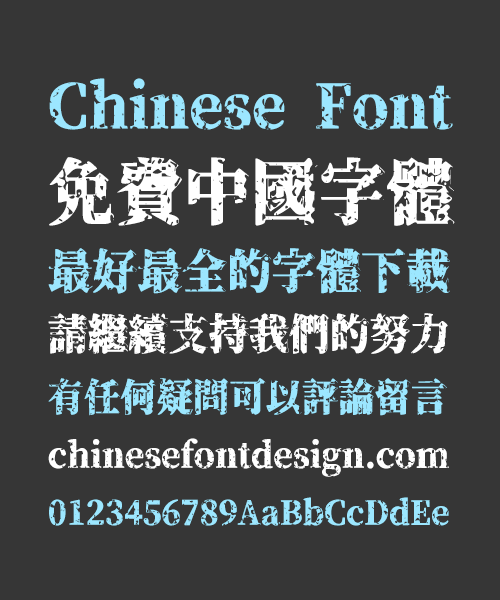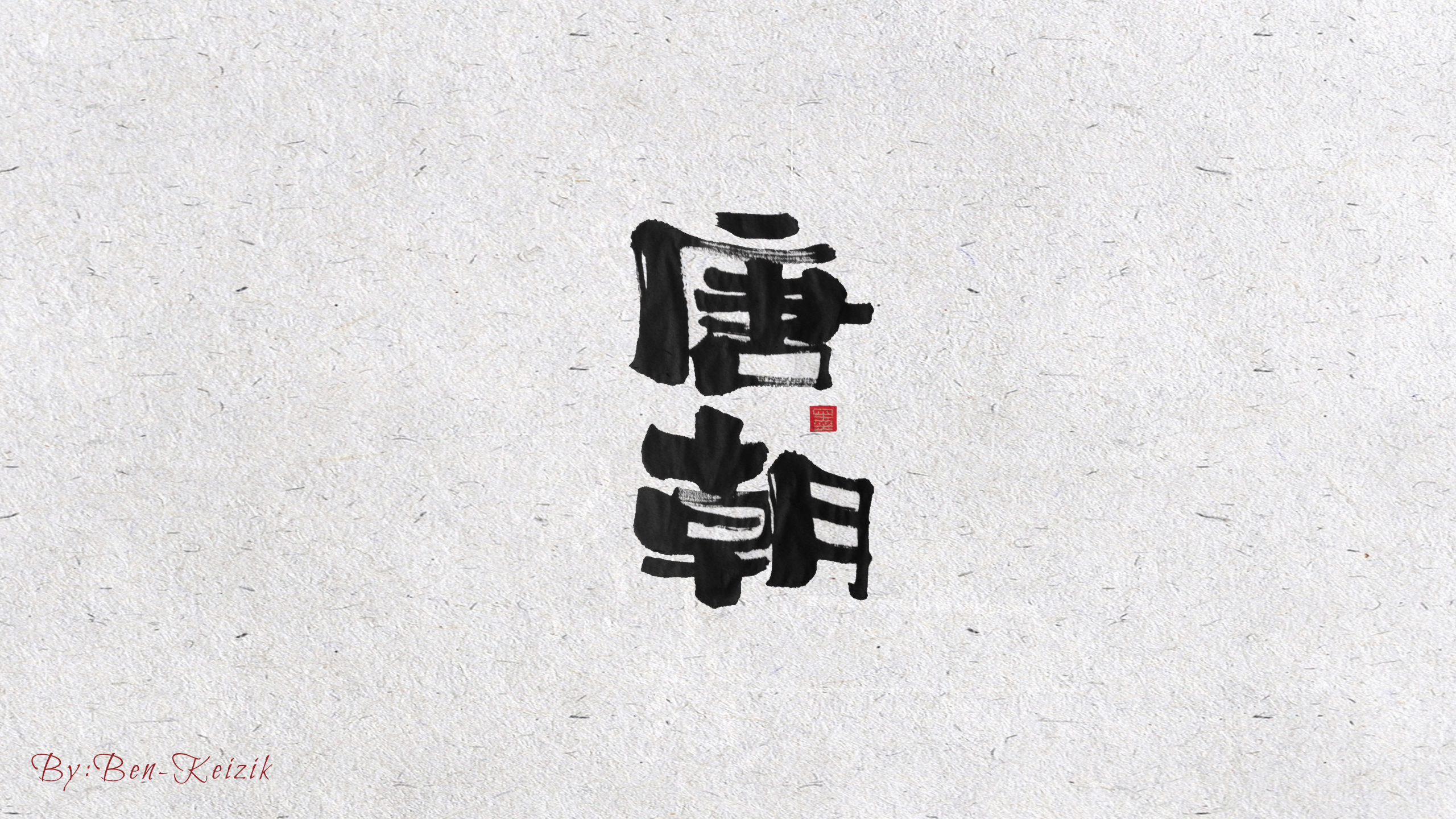
With some sources claiming that the latter script preceded the former. Just as there is murkiness surrounding the exact period of the emergence of the Semi-Cursive script (see below). There is some murkiness over the exact period of the emergence of the Cursive script. The Grass script – aka Cursive script, was, in all likelihood, conceived sometime in the 3rd century CE, i.e., during the Eastern Han (CE 25-220) Dynasty. Note also that the Simplified script would revive this "breaking wave" feature almost to the point of exact replication. Sweeping curvature of its downward-sloping strokes (seen in the above diagram in the characters for "horse" and "to see"). It has also been nicknamed the "Breaking Wave" script due to the bold. But it came into prominence first during the Eastern Han Dynasty (CE 25-220). The Clerical script made its appearance during the 1st century BCE, or during the Western Han Dynasty (BCE 206 – CE 009). In fact, one can say that the Clerical script marks a turning point in the evolution of the Chinese script away from the pictographic and toward the more stylistic. That said, it bears little resemblance to that script, at least to the layman. The Clerical script – owes its roots to the Small Seal script, according to historians. Or, to put it slightly differently, one's greatest quality oftentimes proves to be one's Achilles heel. Perhaps a micro-manager type in today's parlor which often leads to failure. Qin Shi Huang was apparently a very zealous man. In fact, the number of achievements of this short-lived dynasty is rather amazing, but as any psychologist will tell you, zealousness. Qin Shi Huang also undertook to standardize the Chinese script, and thus was introduced the Small Seal Script. Just as Qin Shi Huang unified China on the heels of the troubled Warring States Period of the Eastern Zhou Dynasty, declaring himself the emperor. The Small Seal script – stems from the Qin (BCE 221-207) Dynasty. Seen in retrospect, it represents an intermediate stage between the older script styles of the preceding era and the newer, "cleaner" scripts that would be introduced with the Qin Dynasty (BCE 221-207), China's first Imperial dynasty. It was also used primarily on bronze objects. It is subdivided into the Spring and Autumn Period (BCE 770-476) and the Warring States Period (BCE 475-221). The Large Seal script – is dated to the Eastern Zhou Dynasty (BCE 770-221). Its creation stems from the fact that a more graphic type of script was needed for inscriptions on metal objects (tools, weapons, and utensils).ĭuring the period in question, these objects were mainly made of bronze, hence subsequently the name was given to the script. The Bronze script – traces back to the late Shang Dynasty/early Western Zhou (BCE 1027-771) Dynasty period.

It was highly pictographic in nature and dated back to the Shang (BCE 1700-1027) Dynasty period.

The Oracle-Bone script – the earliest known Chinese script. See the section on indigenous, Latin-inspired – but not Romanized - transliteration systems below.Ĭomments to the above Chinese script evolution diagram:


the Zhuyin Fuhao script (aka Bopomofo), which never quite caught on. It depicts the progression of the Chinese script from its earliest, ideo-, and pictographic forms to its final form before the leap to a Romanized script.īypassing the somewhat dead-end attempt to create a simplified phonetic script that did not rely on Romanization. The table diagram below, replete with supplementary information. Since the Romanized script made it possible to say pronunciation with the help of diacritical markings familiar to several Western languages. And also make the Chinese language much more accessible to a foreign audience. It could help the Chinese government's efforts to eradicate illiteracy. Home Chinese Culture Chinese Language Evolution of the Chinese Scriptįrom a simple, ideo-, and pictographic script to a highly stylized script, Chinese script has evolved dramatically over the years. Eventually, it underwent a change from the perhaps overly complex–albeit very artistic – to the highly simplified before making the shift to a Latin-based (Romanized) script.


 0 kommentar(er)
0 kommentar(er)
